Technological Innovations
Technological advancements are reshaping the Sheet Flooring Market in profound ways. Innovations in manufacturing processes, such as improved printing techniques and enhanced material compositions, are enabling the production of more durable and aesthetically pleasing flooring options. For instance, the introduction of advanced vinyl and laminate flooring has revolutionized the market, offering consumers a wide array of designs that mimic natural materials at a fraction of the cost. Furthermore, the integration of smart technologies into flooring solutions, such as temperature regulation and moisture detection, is gaining traction. This trend is expected to drive market growth, with projections indicating that the segment of technologically enhanced flooring could see a compound annual growth rate of around 5% over the next few years.
Sustainability Initiatives
The increasing emphasis on sustainability appears to be a pivotal driver in the Sheet Flooring Market. Consumers and manufacturers alike are gravitating towards eco-friendly materials, which has led to a surge in demand for products made from recycled or renewable resources. This trend is not merely a passing phase; it reflects a broader societal shift towards environmental responsibility. In fact, a significant portion of the market is now dedicated to sustainable flooring solutions, with estimates suggesting that eco-friendly products could account for over 30% of total sales by 2026. As regulations tighten and consumer awareness grows, the Sheet Flooring Market is likely to see a continued rise in sustainable offerings, compelling manufacturers to innovate and adapt their product lines.
Rising Construction Activities
The resurgence in construction activities is a significant driver for the Sheet Flooring Market. As urbanization accelerates, there is a marked increase in both residential and commercial construction projects. This trend is particularly evident in emerging markets, where infrastructure development is a priority. According to recent data, the construction sector is projected to grow at a rate of approximately 4% annually, thereby boosting demand for flooring solutions. The Sheet Flooring Market stands to benefit from this growth, as builders and contractors increasingly opt for cost-effective and versatile flooring options. The demand for sheet flooring in new builds and renovations is likely to remain robust, further solidifying its position in the market.
Consumer Preferences for Aesthetics
Consumer preferences are evolving, with aesthetics playing a crucial role in the Sheet Flooring Market. Homeowners and businesses are increasingly seeking flooring solutions that not only serve functional purposes but also enhance the visual appeal of their spaces. This trend is driving demand for a variety of designs, colors, and textures, particularly in residential applications. Market data suggests that decorative sheet flooring options are gaining popularity, with sales in this segment expected to rise by approximately 6% annually. As consumers become more design-conscious, manufacturers are compelled to innovate and offer a broader range of aesthetically pleasing products, thereby influencing the overall dynamics of the Sheet Flooring Market.
Economic Growth and Disposable Income
Economic growth and rising disposable income levels are contributing to the expansion of the Sheet Flooring Market. As economies recover and consumer confidence improves, individuals are more willing to invest in home improvement projects, including flooring upgrades. This trend is particularly pronounced in regions experiencing economic upturns, where increased spending power is evident. Market analysis indicates that the flooring sector could see a growth rate of around 5% in the coming years, driven by higher consumer spending on quality materials. The Sheet Flooring Market is likely to benefit from this trend, as consumers prioritize durable and stylish flooring options that align with their enhanced purchasing capabilities.



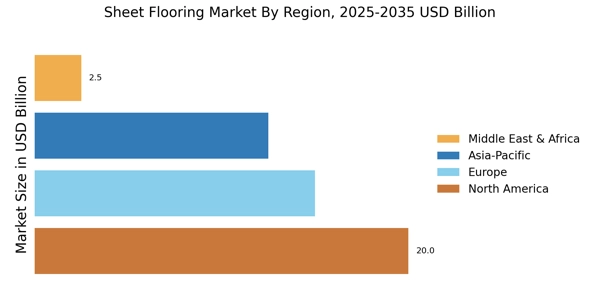
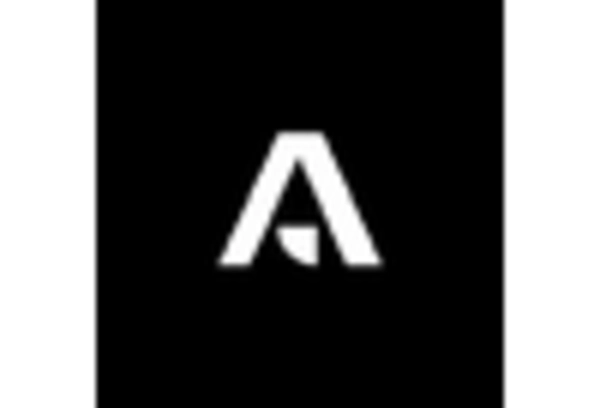
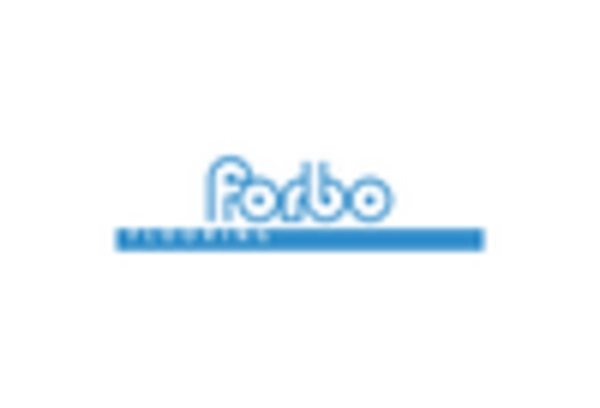

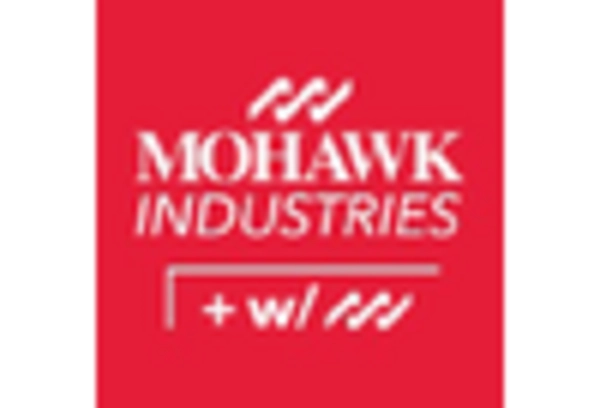
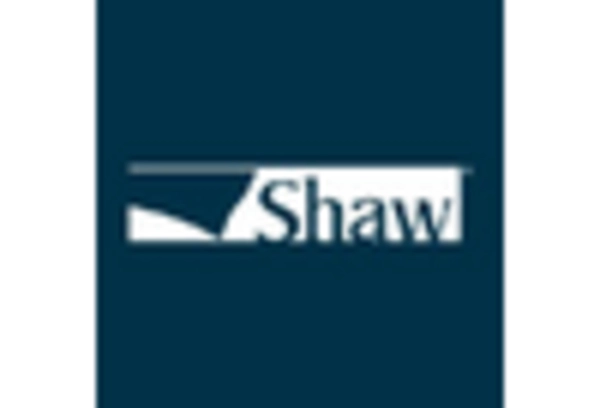
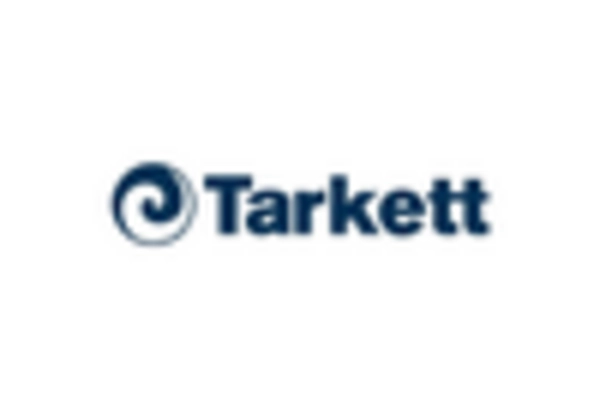








Leave a Comment